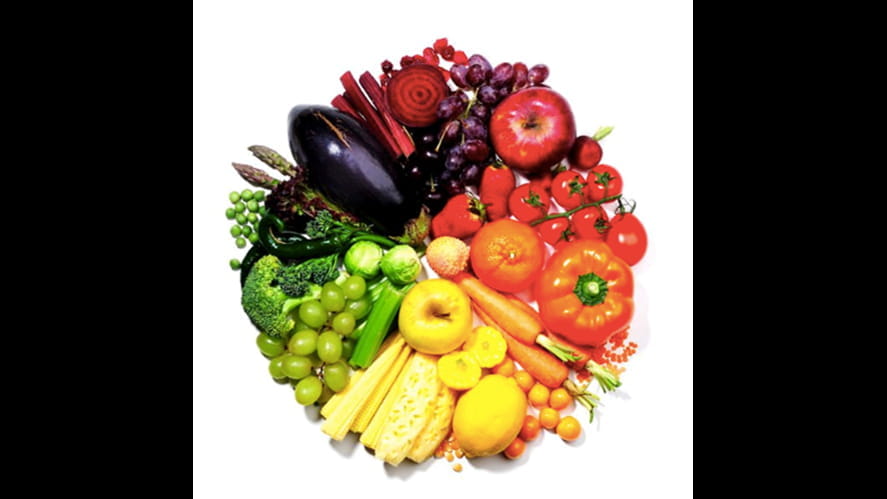We use cookies to improve your online experiences. To learn more and choose your cookies options, please refer to our cookie policy.

Keeping things simple is key to improving our health and wellbeing. Of course, as our previous issues have focused on, this can take the role of getting and staying physically active. What we should not underestimate, however, is the impact of the food and drink we consume in helping us achieve and sustain personal targets.
Calorie counting is both daunting and time consuming in our busy schedules and is an ill-advised habit to instil in our children. Similarly, many of us don't know what ‘a portion’ looks like across food groups which makes getting it right for our families a real challenge. With this in mind, here is a quick, easy guide to help understand portion sizes and it's based on a simple tool - your hand!
Like our bodies, our hands vary in size from one person to another so this is something you will have to individualise. Dad’s hand = Dad’s portion just as your seven year old’s hand = a seven year old’s portion. Why not get the kids engaged by having them measure out their own portion sizes?
1) Carbohydrates
When it comes to starchy carbohydrate foods including potatoes, uncooked rice or pasta, a healthy serving should be equal to the size of your fist. A chapatti, pitta, naan or large slice of bread should equate to your outstretched hand and cereal should be the serving of a cupped hand.
2) Vegetables
For a serving of vegetables, you should aim for a minimum of two cupped hands, although more is even better. If you're feeling hungry at meal times, eating a large portion of vegetables is an excellent choice as, not only are they packed full of vitamins and minerals, they're also full of fibre which will help to keep you feeling fuller for longer.
3) Meat
Use the palm of your hand as a measure for eating meat. Remember lean meats such as chicken and turkey are lower in saturated fat and calories and are good options if you're trying to lose weight. For red meat, trim off any access fat you can see and limit your intake to once a week. Processed meats such as bacon, sausages or burgers should only be eaten as a treat, as they're high in saturated fat.
4) Fish
Sustainably sourced white and oily fish should be the size of your whole hand and you should aim to eat oily fish once a week. Rich in omega-3, oily fish is great for heart health and supports healthy development of your baby during pregnancy and breastfeeding. Examples of oily fish include mackerel, trout, herring and sardines.
5) Fruit and Nuts
Healthy snacks between meals such as fruit should equate to the size of your fist. If you're eating dried fruit, it's important to remember the portion is a small handful. Nuts are packed with healthy oils, protein and fibre and are an excellent choice as a snack. As they are high in calories, be mindful of portion size. You should aim for a small handful.
6) Dips, Spreads & Oils
Use the tip of your thumb (from knuckle to nail) for high calorie fat foods such as butter, oil or mayonnaise. The length and depth of two thumbs should be the guide for a high protein option such as cheese.
Remember, this is by no means a perfect tool, but it is a simple and effective method to help you and your family stay on track!